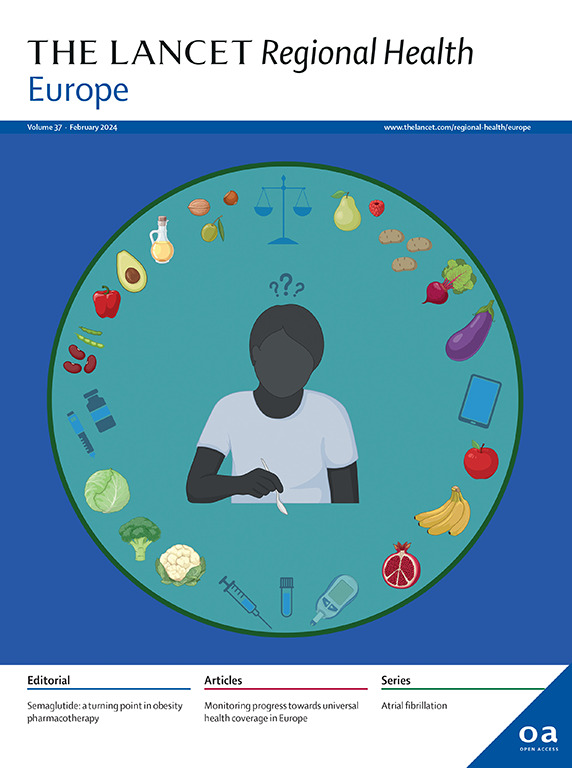预防和控制非传染性疾病的快速购买
IF 13
Q1 HEALTH CARE SCIENCES & SERVICES
引用次数: 0
摘要
尽管它们具有既定的有效性,但对世卫组织应对非传染性疾病的最佳选择的采用却参差不齐,令人失望。在此,我们介绍“快速购买”,这是一套基于证据的具有成本效益的干预措施,在五年内对公共卫生产生可衡量的影响。我们审查了先前确定的具有成本效益的49项干预措施(每个残疾调整生命年减少20万美元),以确定对高水平人口健康目标的最早可检测的影响。使用严格的证据层次,包括Cochrane和系统评价,我们估计了每个干预措施对各国商定的全球目标的影响。快速购买被定义为能够在5年内显示可衡量效果的干预措施,与世卫组织整个欧洲区域的平均选举周期相一致。在49项干预措施中,有25项符合快速购买标准,包括与烟草(n = 5)、酒精(n = 4)、不健康饮食(n = 3)、缺乏运动(n = 1)、心血管疾病(n = 3)、糖尿病(n = 4)、慢性呼吸系统疾病(n = 1)和癌症(n = 4)有关的干预措施。这些发现不仅为决策者决定采取符合短期政治周期的干预措施提供了指导,而且有可能加速实现全球卫生目标,特别是将非传染性疾病过早死亡率降低三分之一的2030年可持续发展目标。本文章由计算机程序翻译,如有差异,请以英文原文为准。
Quick buys for prevention and control of noncommunicable diseases
Despite their established effectiveness, uptake of the WHO best buys for tackling non-communicable diseases (NCDs) has been uneven and disappointing. Here we introduce the “quick buys”, an evidence-based set of cost-effective interventions with measurable public health impacts within five years. We reviewed 49 interventions previously established as cost-effective (<$I20,000 per disability-adjusted life-year averted) to identify the earliest possible detectable effect on high-level population health targets. Using a strict evidence hierarchy, including Cochrane and systematic reviews, we estimated the effects of each intervention against global targets agreed upon by countries. Quick buys were defined as those interventions that could exhibit measurable effects within 5 years, aligning with average electoral cycles in across the WHO European Region. Of the 49 interventions, 25 qualified as quick buys, including those relating to tobacco (n = 5), alcohol (n = 4), unhealthy diet (n = 3), physical inactivity (n = 1), cardiovascular disease (n = 3), diabetes (n = 4), chronic respiratory disease (n = 1), and cancer (n = 4). These findings not only offer guidance to policymakers deciding on interventions that align with short-term political cycles but also have the potential to accelerate progress to global health targets, particularly the 2030 Sustainable Development Goal of reducing premature NCD mortality by one-third.
求助全文
通过发布文献求助,成功后即可免费获取论文全文。
去求助
来源期刊

Lancet Regional Health-Europe
Multiple-
CiteScore
19.90
自引率
1.40%
发文量
260
审稿时长
9 weeks
期刊介绍:
The Lancet Regional Health – Europe, a gold open access journal, is part of The Lancet's global effort to promote healthcare quality and accessibility worldwide. It focuses on advancing clinical practice and health policy in the European region to enhance health outcomes. The journal publishes high-quality original research advocating changes in clinical practice and health policy. It also includes reviews, commentaries, and opinion pieces on regional health topics, such as infection and disease prevention, healthy aging, and reducing health disparities.
 求助内容:
求助内容: 应助结果提醒方式:
应助结果提醒方式:


